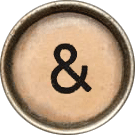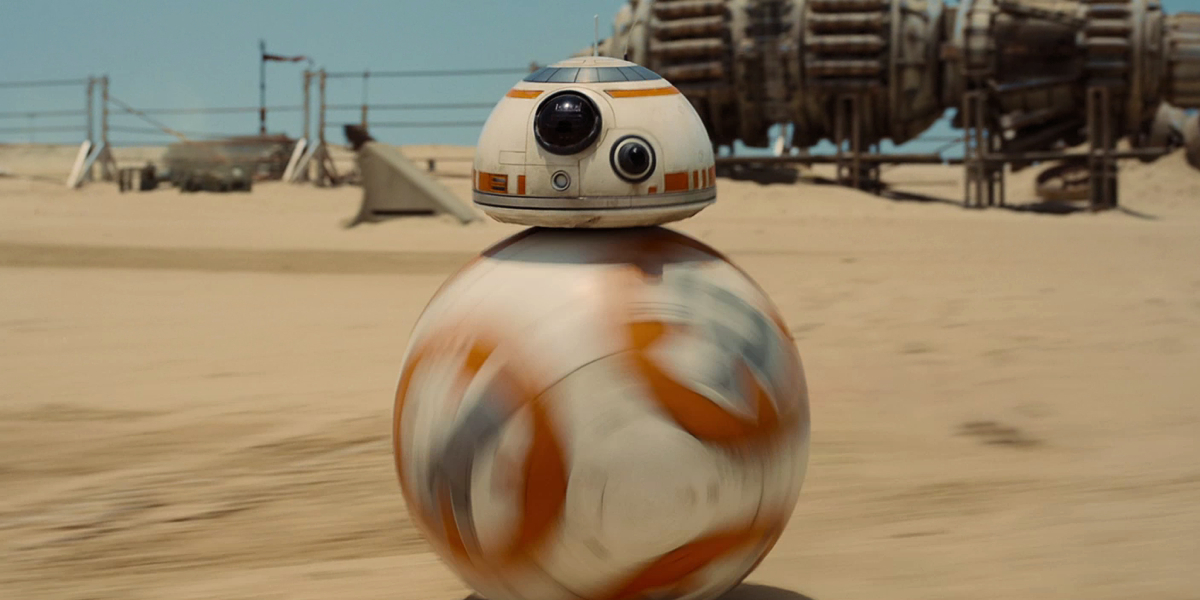 This week we’re honored to share interview with our friend Kayne Milhomme. Kayne has experience with literary agents, and editors, and in self-publishing. His historical mystery, Grace and Disgrace, came about via a collaborative process. We asked him to talk about that with us.
This week we’re honored to share interview with our friend Kayne Milhomme. Kayne has experience with literary agents, and editors, and in self-publishing. His historical mystery, Grace and Disgrace, came about via a collaborative process. We asked him to talk about that with us.
 Congrats on your debut, Grace and Disgrace. Plug your book, dude!
Congrats on your debut, Grace and Disgrace. Plug your book, dude!

Thanks! First off, it is my debut novel (as noted above). I hope it is as fun to read as it was to write. So far it’s getting great reviews from readers on Amazon and Goodreads, which is very encouraging.
Below is a brief blurb. Interested in more? Check it out!
In their college days, three friends created the Sleuthhound Club to solve local mysteries and crimes, but only one of the friends turned that early hobby into a career. Inspector Touhay of the Royal Irish Constabulary has seen a lot of action in his line of business, including the infamous crime that ruined his reputation—the amazing theft of the Templar Diamond.
Now six years after the theft, new evidence comes to light as key players (including Touhay) receive mysterious invitations to “The Chase” for the missing Diamond. And who better to help Tuohay find the missing artifact than the members of his old club?
Danger, betrayal, puzzles and ploys abound in this turn-of-the-century mystery novel, which will keep you guessing up until the very end.
 You and your father have an interesting writing partnership. Can you describe how it works?
You and your father have an interesting writing partnership. Can you describe how it works?

First, I’d like to give a little background about my dad. He has always had a passion for history, and his passion is infectious. When he discovers something that interests him, he’ll dig—and dig, and dig—until he has uncovered nearly every stone connected to his discovery. Then he shares it—on his history blog, in the local newspaper, Facebook updates (with links to his blog and/or newspaper articles), or on long walks in the woods—you name it. His research typically involves uncovering the stories of remarkable individuals that the annals of history have somehow missed, to bring their stories to life—and through that effort, bring the time period and their settings to life as well, truly recreating the moment in history.
Thus, when it comes to a partnership, my dad foremost brings motivation and a source of positive energy that casts a warm ray of sunlight on my writing endeavors. In the earliest stages of a project, his excitement at the future prospect is fuel for the work ahead. Together we will brainstorm ideas, and then our paths will diverge—my dad will begin researching historical elements of the ideas (ranging from to the very specific to the very broad), as I begin some writing samples. Typically, new ideas sprout from both the research and some of the writing samples, and after several iterations we are ready for launch (i.e. to begin chapter writing). As the chapter writing unfolds, my dad acts as reviewer, reading each chapter after completion, and providing feedback. Concurrently, he is providing additional research on items for future chapters, as they are identified. As we move further into the novel, I typically get a firmer grasp on the plot (and by this point the character voices are usually defined), and my dad’s role switches gears to true readership—and he becomes the first reader to try to figure out the mystery that he had a hand in creating the first elements of, but I have finalized in my later stage plot development.
So the partnership is very fluid, with partnered brainstorming and plot development in the early stages, research performed by my dad throughout the novel, writing performed by me and reviewing from a reader’s perspective with some line editing as well from my dad, and then a full assessment after the first draft is completed. It’s a wonderful partnership!
 How did your writing partnership begin?
How did your writing partnership begin?

Several years ago I was working on a few ‘high fantasy’ novels, and as fun as they were to write, I couldn’t quite get them to connect for me into something meaningful. I enjoyed the writing, but didn’t know what I was trying to write about—other than entertainment, what was the theme? The purpose? And this void, so to speak, had nothing to do with the fantasy genre, it was simply driven by my inability to find meaning in my own work. During this timeframe, my dad and I went for one of our biannual walks in the woods by the lake at my parents’ house. During that walk, my dad talked about a research project he had been working on—a turn-of-the-century priest who had supposedly committed suicide under mysterious circumstances, and, based on my dad’s research, had been a real rabble rouser in the Catholic Church, to the point of excommunication and taking the archbishop to court (an unheard of event in turn-of-the-century Boston). The long and short it was that I became infatuated with the story, and asked my dad if we could create a fictional account of the events as a historical mystery novel. He enthusiastically agreed and off we went.
 What are some of the challenges you’ve run into collaborating in a creative endeavor?
What are some of the challenges you’ve run into collaborating in a creative endeavor?

The main challenge that I run into in this creative collaboration is holding up my end of the bargain in a consistent manner. As a writer, there are times when I hit the doldrums—less so when a novel is underway, but certainly during the early stages. I liken it to having a training partner for a marathon—in order for you both to succeed, you both have to work at it on a consistent basis, with little to no room for ‘slacking’. The good news is that the exact challenge that makes this collaboration work—due to the fact that I feel a need to ensure I am holding up my end of the bargain, I will find myself writing in a more focused and consistent manner than I would alone. Also, and perhaps it is the nature of our relationship, I have absolutely no issues with sharing creative ideas and brainstorming with my dad. Others have given me feedback (typically these are individuals that do not partner on these types of endeavors on a consistent basis) that they have trouble collaborating on creative endeavors, because creativity is something that is precious to them as individuals, and they have a hard time choosing one individual’s idea over another’s. I think that obstacle somewhat outrageous, in fact, and while creative collaborations are not for everyone or for every art form, it can be an enormously beneficial enterprise that is likely underutilized.
 Are you a planner or a pantser? What about what you look for in a partner: is it ‘birds of a feather’ or ‘opposites attract’?
Are you a planner or a pantser? What about what you look for in a partner: is it ‘birds of a feather’ or ‘opposites attract’?

If it’s possible to put myself somewhere in the middle, I would. I do not plot out a novel in significant detail prior to beginning. That said, I do identify the critical plot points, especially those that are important to the mystery. I also will capture the nature and motive of the crime, the red herrings, the hard evidence, and an idea of how all of that gets revealed—but in very general terms. What truly drives the story for me is character, and once the character(s) have “come to life,” I let them take me on the ride as I sit in the back and occasionally give directions.
In a partner, it is again somewhere in the middle. I imagine each partnership is likely different in terms of the strengths that the individuals draw upon, and in some cases it is ‘birds of a feather,’ and in others ‘opposites attract.’ In our partnership, is more along the lines of complementary skill sets (a writer, a researcher—both idea generators), a unified vision (write an entertaining, meaningful novel), and always having fun while doing it. The third one is key, because writing is a passion of mine, and research is a passion for my dad—if we are not having fun at our passions, something’s gone wrong.
 Anything else you’d like to teach us about collaborative writing?
Anything else you’d like to teach us about collaborative writing?

Be open minded about it. Like I stated in an answer to one of the above questions, I believe many ‘creative types’, especially writers, journey through their creative life solo. For some, that’s the way it has to be, and the way they are at their best. But for others, collaboration could open doors that they never imagined. That said, it has to be a true partnership to work. If you don’t have patience (and I know some creative types that do not), and if you are entirely unreliable (also know some creative types like this), you may need to work on those foundational principles before delving into a partnership—because there is a level of expectation that comes with a good partnership, and you only do it justice if you are willing to perform at that level of requirement.
![]()


 Congrats on your debut, Grace and Disgrace. Plug your book, dude!
Congrats on your debut, Grace and Disgrace. Plug your book, dude!